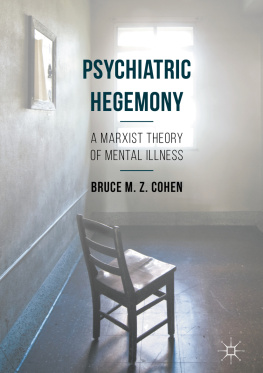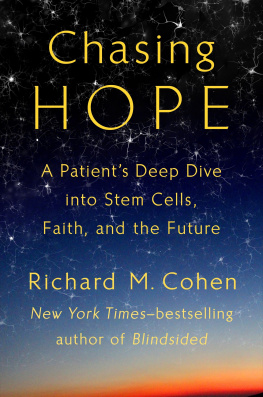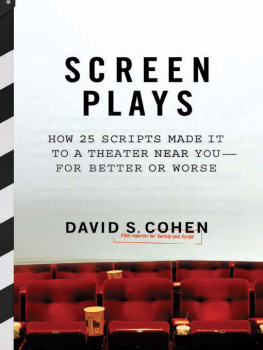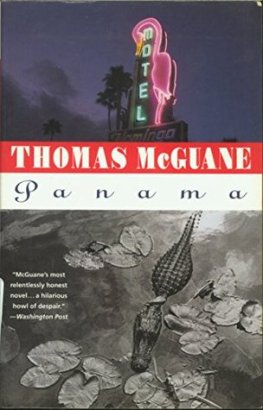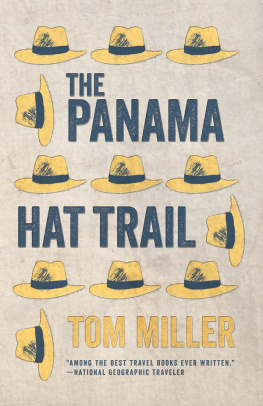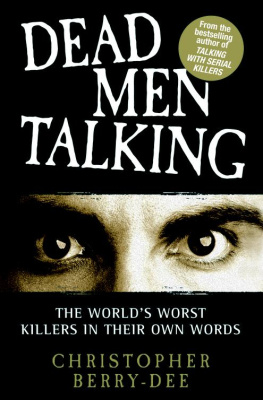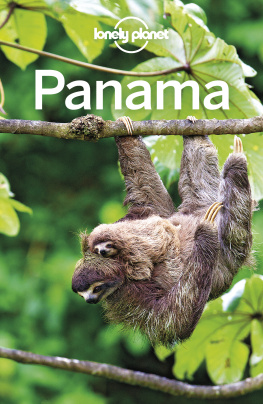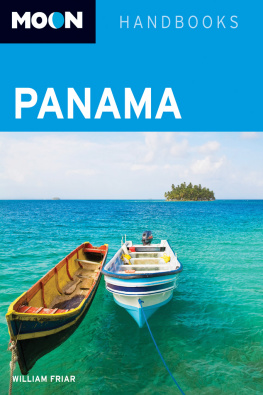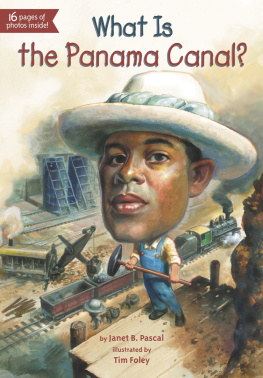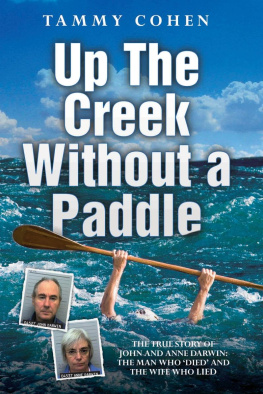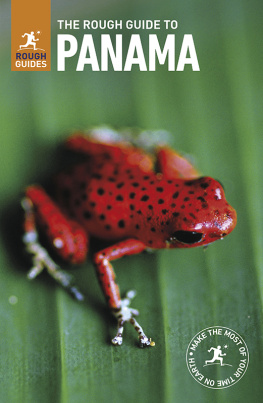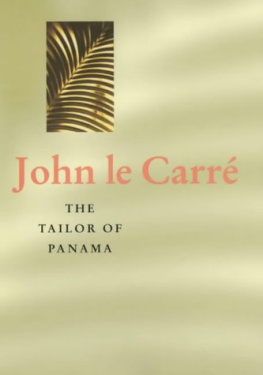21 MARCH 2002
I f you were to send a picture postcard of your hols to anyone, it probably wouldnt be of Seaton Carew in the off-peak season. The wide sandy beach, so bustling in summertime, seems to stretch on endlessly into the gloom of an overcast winters day, sand merging with sky in a never-ending wash of grey. Running along the beach is the promenade linking Seaton Carew with Hartlepools trendy new marina to the north, but with the sun in short supply few people brave the notorious North Sea winds to enjoy the scenic coastal walk. Apparently, if youre lucky you can see seals bathing just off the shoreline to the south on Seal Sands but on a gloomy day in mid March no one wants to linger, straining their eyes across the murky sea.
Once an upmarket resort with a hugely popular funfair, plus a whole host of fish and chip shops, where queues of day-trippers used to snake straight out of the doors in the high season, Seaton Carew has largely fallen into a state of neglect. Its once brightly painted faades now give off an apologetic, grubby-round-the-edges look, like childrens faces ingrained with dirt.
The golf course, which draws players from all around on fine weekends when the rolling lawns give on to a sparkling sea, is all but deserted out of season, its flags fluttering forlornly in the chill breeze. Behind the seafront life goes quietly on around the modern estate built on land previously used to store props from local pits. Being 2002, the residents are as yet blissfully ignorant of the fact that their gardens are contaminated by arsenic, lead and zinc, or of the three-year battle that lies ahead to get someone to accept responsibility for cleaning them up. To the south, the hulking structure of Hartlepool nuclear power station bears brooding witness to the changing tides, protected by metre upon metre of barbed-wire fencing.
Cannes it aint.
The Cliff in Seaton Carew boasts a terrace of large, stuccoed villas fronting the sea. In past centuries these would have been grand family residences or smart guesthouses for the well-heeled ladies and gentlemen of the north-east. Now the off-white paint is peeling and behind the once-elegant faades several buildings have been crudely divided up into studios and flats by thin plasterboard, destroying the high-ceilinged symmetry of the architecture. Their windows gaze out across the deep-black North Sea in dull resignation. An ever-changing tide of transient tenants drift in and out of residence, carrying their belongings with them in cardboard boxes.
Ocean View (No. 2) is a guesthouse, its four bedrooms much in demand during the summer months by holidaymakers happy to wake every morning to the angry squawking of overhead seagulls. Mid-week in March it gives off an introspective air of self-protection, however.
No. 3 is a large, single-family home. With seven bedrooms, plus a draughty cellar and attic, it almost cries out for the sound of children shrieking or teenagers doors slamming, the everyday noises of family life wafting up and down the sweeping stairwell, filling the spaces in the wide hallways. And yet just one middle-aged couple go about their business here, insular and unobtrusive, leaving hardly an imprint on the echoing emptiness of the house. Even their two dogs are measured and well-mannered, as if subdued by the orderliness of their surroundings.
Next door at No. 4 its a different story altogether. Here the house has been divided up into bedsits where tenants lead their own separate lives behind firmly closed doors, scuttling through the communal areas, their heads already bent in search of keys.
Usually mid-week mornings are quiet here, with the residents either at work or holed up inside their homes, curtains half-drawn against the day, but on Thursday, 21 March 2002 theres movement at No. 3. The wide front door opens and a man emerges, blinking slightly in the dull daylight. He is dressed warmly, in a dark jacket, jeans and a hat, as befits the time of year, and he pauses briefly on the stone porch step while he gazes out to sea with narrowed, deep-set eyes.
Moments later he has passed through the small car park in front of the house, where his black Range Rover stands idle. The man is proud of his car, with its personalised number plate, including the initials from his name JRD, and worries about the damage the sea air, threaded with salt and sand, could do to it. But this morning he walks on without a second glance.
And now he has crossed the wide road in front of the house and is making his way across the yawning sandy beach, but his progress is slow because he is carrying something under one arm something so large and unwieldy it makes his body lean to the side as he struggles to counterbalance it. From a distance it could be mistaken for a surfboard, but on closer inspection it is revealed to be a kayak, made of lightweight fibreglass but still awkward to handle, particularly with the two sets of paddles he is also carrying. The kayak is red, its vivid colour blazing a blood-like trail across the dull yellow sand, made greyish by the blunt graininess of the light.
To anyone unused to sea sports, the idea of voluntarily taking to the freezing waters on a cool, early spring day might seem unimaginable to even the most determined surfer in the latest hi-tech wetsuit, yet around these parts no one would turn a hair. The locals are used to a steady procession of wind surfers, kite surfers, even the odd scuba diver, finding in these inhospitable waters a personal challenge they refuse to turn down. On several occasions the man has been seen, lugging his red kayak to the shoreline, seemingly oblivious to the wind blowing off the sea.
Truth be told, should paddling be your thing, today is a pretty good day for it. The sea, so terrifying when angry, sending monstrous waves that crash down on shrinking sands, is unusually calm. When you look out across the water, as the kayaker does for one moment when he reaches the surf, the surface appears flat and unbroken, gently undulating in the morning breeze. Inasmuch as conditions in this part of the world, at this time of year, can ever be considered perfect, now they appear so; no wonder the lone kayaker doesnt linger at the waters edge for long.
With a sudden sense of purpose, he thrusts his boat into the water and follows after it, swinging himself inside as soon as the underside is clear of the gently sloping sand. And then he is off, a solitary, slightly hunched figure flailing his paddle against the vast expanse of the ocean. Pretty soon his outline can no longer be detected from the shore, just the crimson slash of his kayak weaving through the murky water, like red stitching across a colourless cloth.
But then he disappears entirely from view behind the rocks to the south, the last ripples from his paddle swallowed up by the implacable tide. Now anyone who happens to be walking along the beach will simply see a clear, unsullied sheet of unusually still water.
It is as if he was never there.
T heyre perfect.
Anne Darwin shot a nervous look towards her husband, standing still on the beach beside her, his slightly hunched back turned towards to the sea as he gazed across the promenade and the road behind it at the row of cream-coloured villas directly facing them.
Theyre absolutely perfect, he repeated with a worrying air of finality.
Anne followed his gaze to the two adjoining four-storey, mid-terrace houses with their wide front porches, long, wrought-iron balconies and cavernous bay windows. Despite her misgivings, his obvious excitement was infectious. The houses were impressive, no doubt about it. And theyd long been entranced by the area, regularly making the 20-mile trip from their home in the village of Witton Gilbert, near Durham, to walk their dogs, Zena and Meg, on the wide sandy beach.



